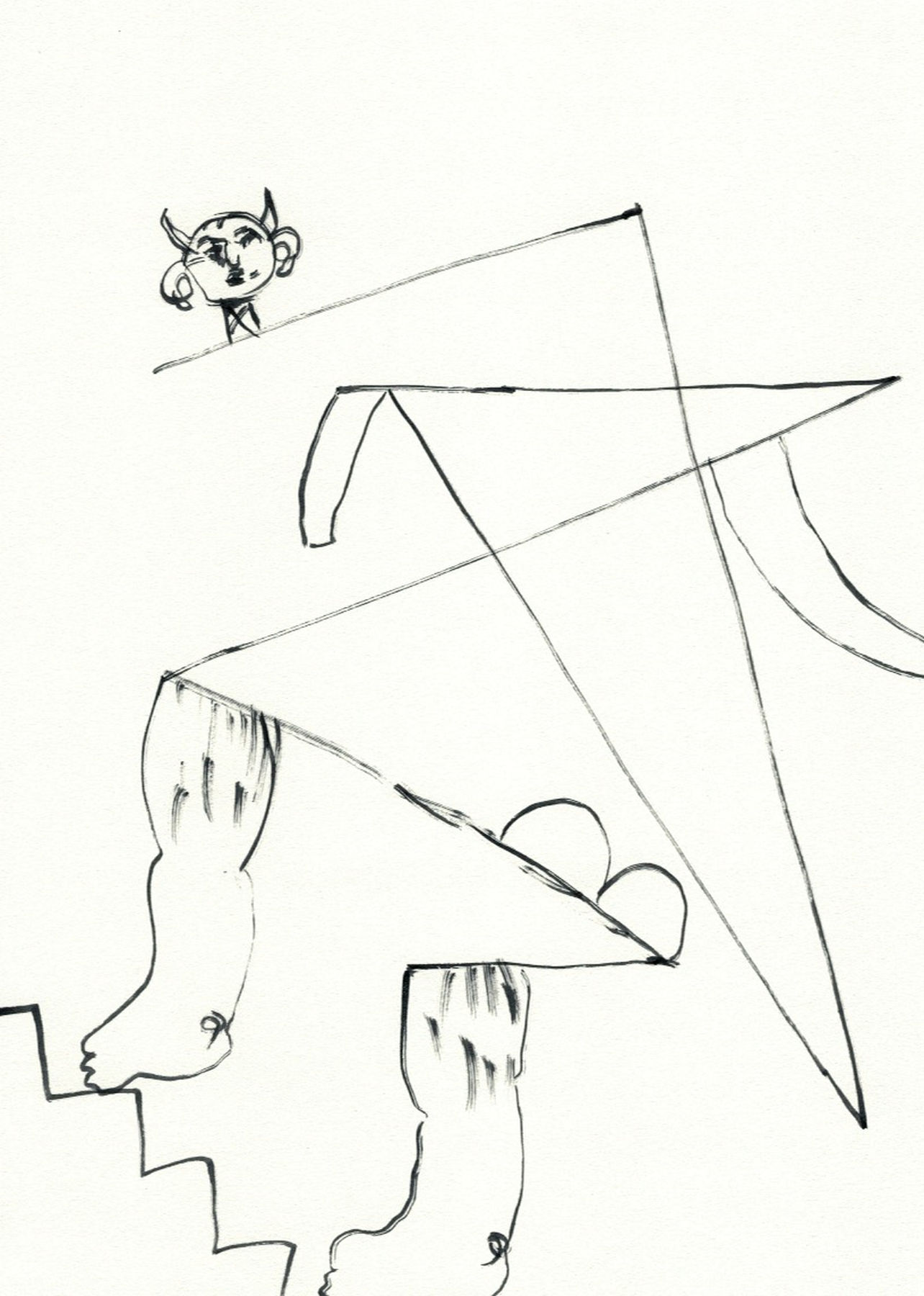Artists: Morgan Mandalay (featuring Christopher Culver, Timo Fahler, Angie Jennings, Nasim Hantehzadeh, Iman Raad)
Exhibition title: Topography of a Terrestrial Paradise
Venue: Et al etc., San Francisco, US
Date: August 11 – September 11, 2018
Photography: all images copyright and courtesy of the artists and Et al.
One of the first acts of the newly proclaimed king was to call for the construction of what was described as a defensive wall, meant to protect from outside invasion. Soon after Thiers Wall, as it would come to be known, was constructed, the city went under rapid reconstruction. The narrow streets that wound through the city center were widened, displacing the inhabitants to the outer edge of the city in an area known as “the zone,” a deep ditch along the wall that was at once part of, and a place apart, from the city.
The zone became a manifestation of unbridled liberty and sovereignty from the stifling rules of the kingdom. Outside the walls you could live as you wanted. You could sing, shout, drink, smoke, fight and be merry in whatever way suited you at any given moment of the day or night. The Zone, to those who actively sought it out, was a paradise of limitless hedonistic opportunity and minimal repercussions, a heady mix that saw its population swell over its nearly 100 years.
The Siege of Paris lasted 4 months starting in 1870. It could’ve ended much more swiftly, but the Prussians decided it was wiser to break French morale and starve them into submission and so they drew it out. Indeed, behind their 30 year old wall the Parisian did run out of food. Rather than submit, the bourgeoisie tore into the Jardin des Plantes and the National Zoo and feasted on elephant, kangaroo and begonias. In this paradise they were given dominion. The city’s poorest, those who had been the catalyst for the overthrow of the king, who defended the city, ate rats, if they were lucky. But mostly, they starved. Behind the walls, despite efforts and decrees by the French government one part of the population found itself exposed to the horrors of hunger and absence while the class favoured by fortune were barely touched by such deprivations.
The word “paradise” is derived from an ancient Iranian word, pairi-daêza, a walled garden. It became associated with the Garden of Eden in the Greek translation of the Bible as they had adopted pairi-daêza as parádeisos into their language likely during the hundreds of years of conflict and conquest between the Greek and Persian Empires. Implied in the idea of paradise, is that some are in and some are out. In the concept of paradise promoted within a religious context, a wall creates space; dividing friends from foes, good from evil, nature run amuck from sanctuary. But of course, as we know the snake still gets in. Things aren’t so cut and dry. The wall made of earth doesn’t adhere to simplified binaries and can just as well divide good from good, family from family, and earth from earth.
This exhibition was conceived with three concepts of paradise – the walled garden – in mind: the Paris Commune, which sprung up in the direct aftermath of the Siege of Paris in 1870, Atanasius Kircher’s map of a Terrestrial Paradise from 1670’s, which, breaking from the biblical description, lacks singular cardinal direction for the Garden of Eden’s angelic protector, and the Eastern State Penitentiary in Philadelphia, the first US prison from 1820, which was a kind of proto-panopticon. Walls that bind. Walls that protect. Walls that withhold and survey. We build paradise through an assumed threat in a world constantly under siege. Within each Paradise lies someone else’s hell. In each instance, over time, it becomes necessary to escape paradise. There is no universal map.
-Morgan Mandalay
Topography of a Terrestrial Paradise consists of two parts. Et Al etc. is pleased to present a new body of paintings by artist and curator Morgan Mandalay. Morgan has also erected a wall dividing the space of the gallery in two. In the new gallery he has organized a group exhibition with the work of Christopher Culver, Timo Fahler, Angie Jennings, Nasim Hantehzadeh, and Iman Raad.








































